In the realm of horology, mechanical and automatic watches occupy a prominent position. These meticulously crafted timepieces are known for their precision, craftsmanship, and classic appeal. While both operate without the need for a battery, they differ in their winding mechanisms and practicality. This article aims to delve into the dissimilarities between mechanical and automatic watches, shedding light on their inner workings, benefits, and how they have evolved over time.
Mechanical watches are a testament to traditional craftsmanship. They rely on a complex system of gears, springs, and levers to keep time. The mainspring, which is manually wound, stores potential energy that is gradually released to power the watch. When the mainspring unwinds, it transfers energy to the escapement, which regulates the release of the gear train, thus maintaining the watch's accuracy. Mechanical watches require periodic winding to keep them running.
Automatic watches, also known as self-winding watches, revolutionized the industry with their innovative design. These timepieces feature a rotor, a semicircular metal weight that swings freely with the natural movement of the wearer's arm. This motion winds the mainspring automatically, eliminating the need for manual winding. To prevent overwinding, automatic watches utilize a mechanism that disengages the winding process when the mainspring is fully wound. This self-winding mechanism is a hallmark of automatic watches, simplifying their maintenance.
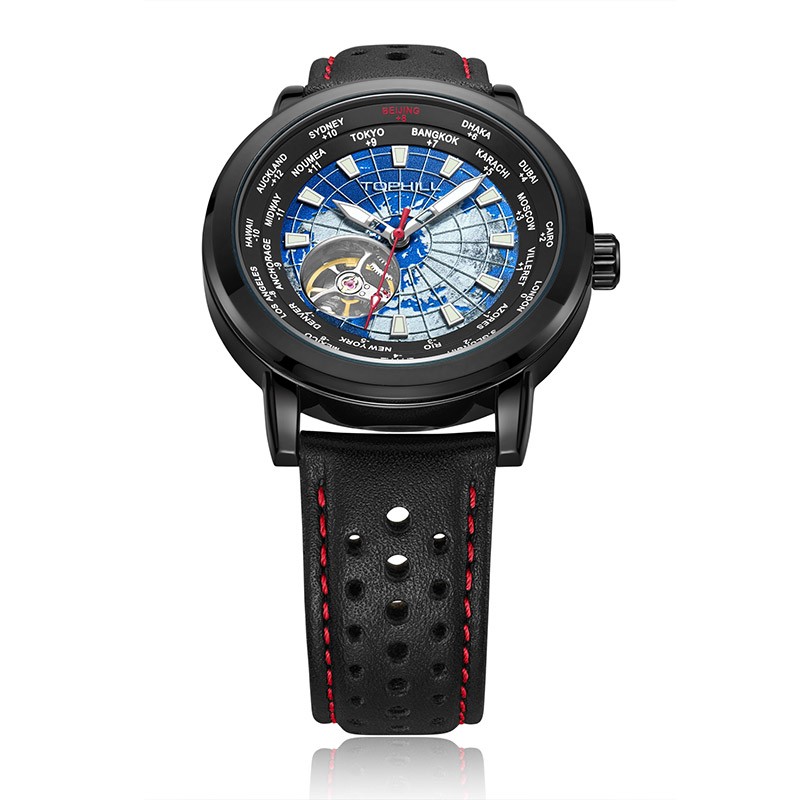
Mechanical watches, while masterpieces of traditional engineering, are generally considered less accurate than their automatic counterparts. They can have variations in timekeeping due to external factors such as temperature, position, and regular wear. On the other hand, automatic watches feature improved accuracy as they rely on the wearer's movement to remain wound and are often equipped with additional mechanisms that enhance precision. Chronometer-certified automatic watches meet strict accuracy standards, making them highly reliable timekeeping devices.
When it comes to maintenance, both mechanical and automatic watches require periodic servicing to ensure optimal performance. Mechanical watches need regular winding, typically on a daily basis, to avoid stopping. Additionally, they should be serviced every 3-5 years to clean, lubricate, and adjust the intricate components. Automatic watches, however, require less frequent manual intervention due to their self-winding capability. Nevertheless, occasional winding may still be necessary for automatic watches that have not been worn for an extended period.
In conclusion, the distinction between mechanical and automatic watches lies in their winding mechanisms and practicality. While mechanical watches embody traditional craftsmanship and evoke a sense of nostalgia, automatic watches offer convenience and precision. Both types of timepieces have their merits, appealing to collectors, enthusiasts, and those who cherish the timeless elegance of mechanical artistry. Whether you choose a mechanical watch for its traditional allure or an automatic watch for its effortless functionality, these time-honored pieces continue to captivate horology enthusiasts around the world.
Tags:
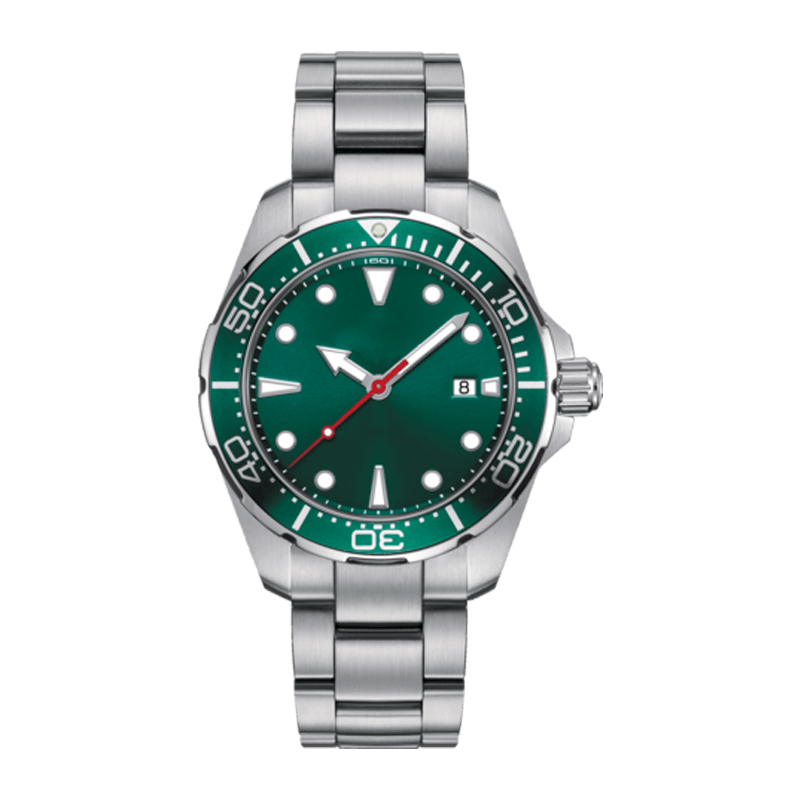 Tired of Leakage Issues? Can a Professio
Tired of Leakage Issues? Can a Professio
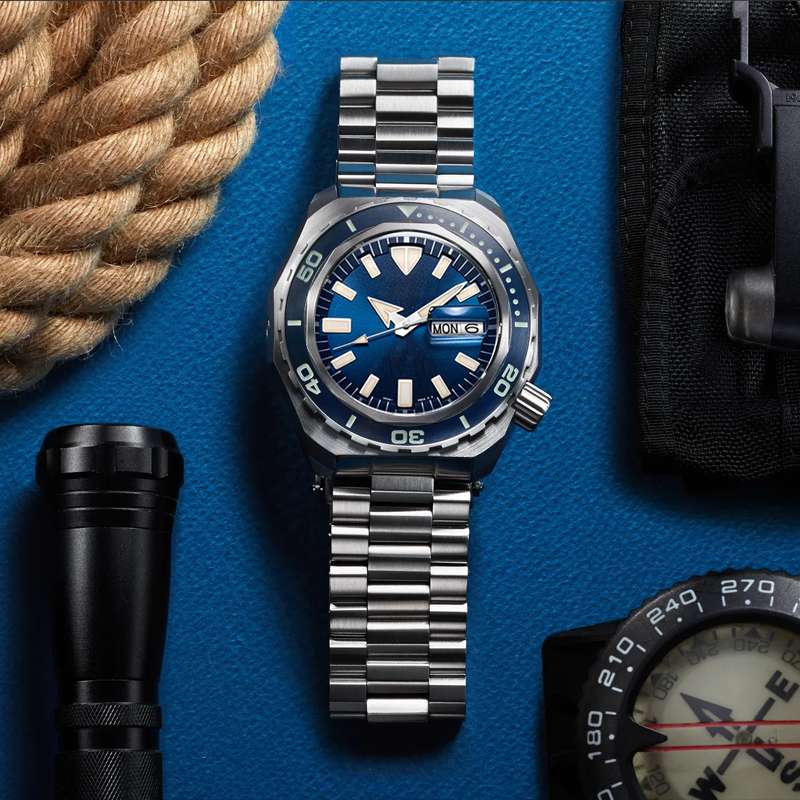 What Are the 5 Key Features to Inspect B
What Are the 5 Key Features to Inspect B
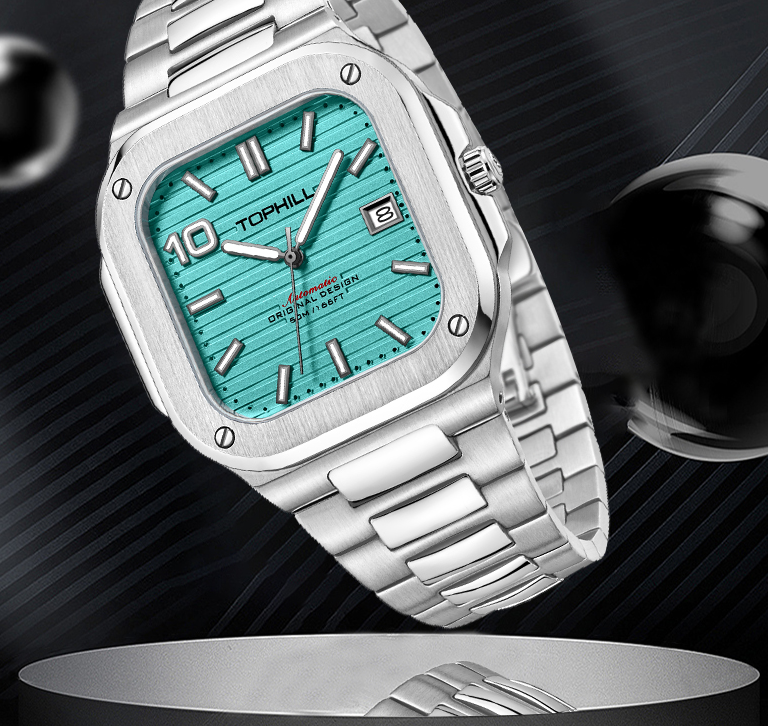 How to Clean Stainless Steel Bands: A De
How to Clean Stainless Steel Bands: A De
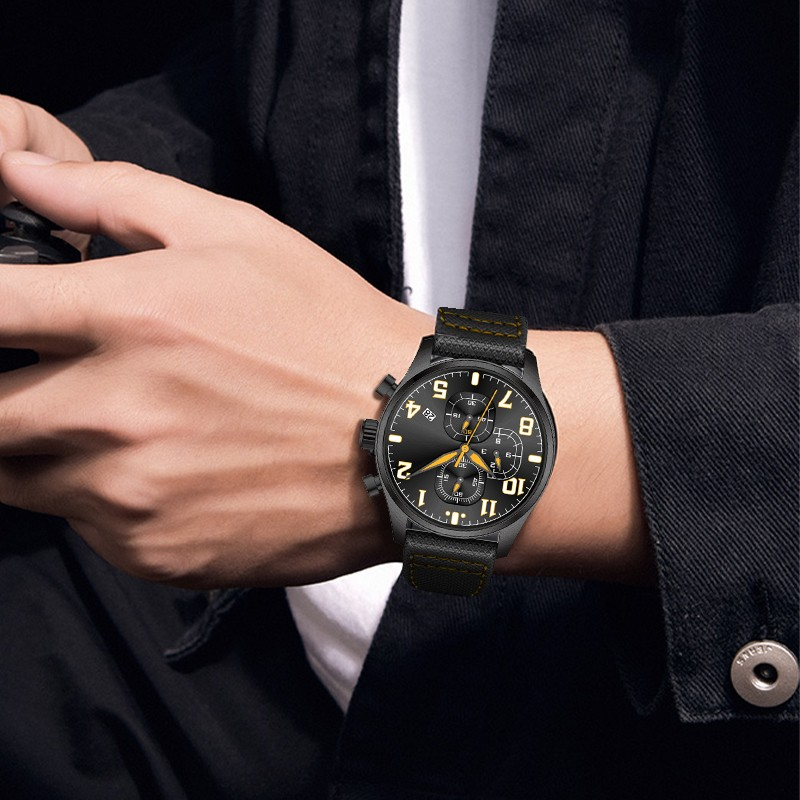 How Does a Seiko Stainless Steel Watch C
How Does a Seiko Stainless Steel Watch C
Super Time